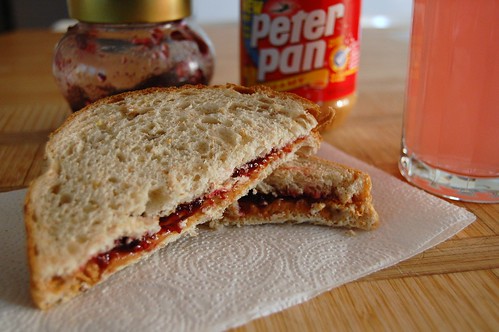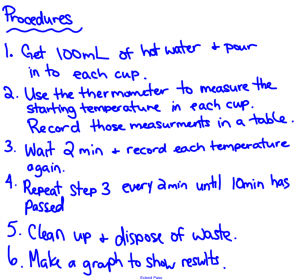Learning Goal:
We are learning to use the scientific method to investigate processes, ideas, and issues.
We are learning to think about the ways science is presented in the media
How to make a PB&J sandwich demo.
What happened?
Let’s take a look at how this relates to science.
In our last class, you were asked to choose a product to test. Today, your mission is to create a procedure that is clear and can be followed by ANYONE. Keep in mind fair-test rules.
When you and your partner have created your procedures, hand them in.
Before you leave, create a list of materials – what will you need to conduct your experiment?




